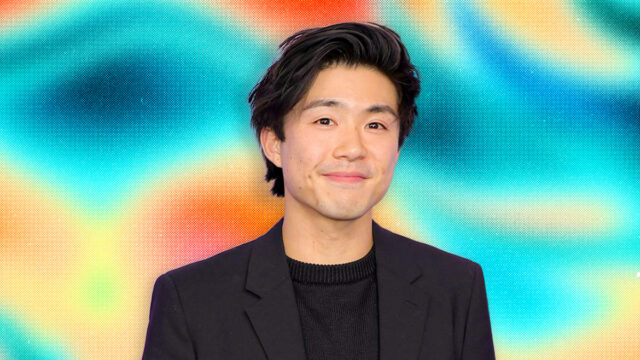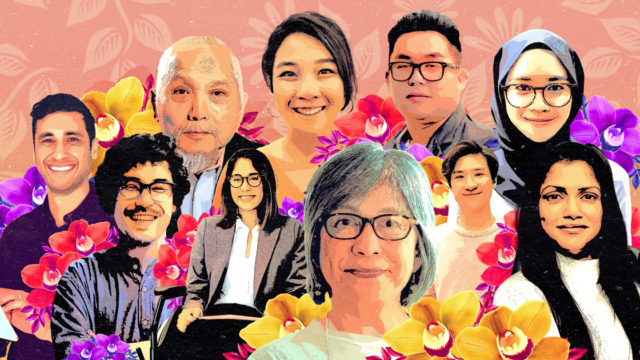A Call to Action for the Next Olympics and Beyond: Improve AAPI Representation
ADWEEK will be all over Cannes. Subscribe to unlock unlimited access to all our coverage and analysis.
When I sat down to watch the prime-time broadcast of the 2024 Paris Olympics Opening Ceremony with my three young children, we were excited. 9% of Team USA, like them, are of Asian Pacific heritage: 22 men and 29 women across 18 sports.
And yet, not once were any of the Asian Pacific athletes featured during the entirety of the four-hour broadcast. What’s more, while the Paris Olympics has eclipsed both Rio and Tokyo combined in total number of advertisers, only one spot starred an Asian Pacific medal contender during the opening ceremony (Eli Lilly featured gymnast Lee in one of their spots about eczema). To add insult to injury, the International Olympic Committee (IOC) announcers also mistakenly announced South Korea (the Republic of Korea) as North Korea (the Democratic People’s Republic of Korea).
What will it take for the Asian Pacific community to be recognized for what we bring? Somehow, while we’re winning on the courts and mats of Olympic competition and in the corridors of Corporate America, our collective brand remains severely undervalued.
While there has been progress in recent years, there is so much opportunity to ensure that all viewers of the next Olympics and beyond are reflected authentically.
So many stories, so many channels to share them
We’ve made strides in Hollywood (demonstrated by the success of Shogun to currently playing coming-of-age story Didi). But just four months ago McKinsey and Gold House launched a study that showed that the lack of Asian Pacific stories being released by studios is leaving billions on the table.
We’ve made strides in leadership—between 2020 and 2023, there was a nearly 60% increase in public Fortune 1000 board seats held by Asians according to a study by Ascend. In government, more Asian Pacific leaders are running for office, led by a South Asian and Black woman running for President.
In The Paris Olympics, we watched and cheered for Olympic Gold Medal gymnast Sunisa Lee; Sunny Choi, representing Team USA in the newly introduced breaking category; Lee Keifer, Gold Medalist in women’s fencing, and three-time fencing Olympian Alexander Massialas.
The truth is the visibility of our community is limited and it’s not for lack of trying. The work many organizations like Gold House, Ascend, the ANA’s 108 AMAM, and more, are doing to bring together brands, agencies, and platforms is critical for more mainstream recognition.
So, how can the ad industry move this forward?
A challenge as complex as this needs all of us to work together. All parts of the ecosystem from agencies to social platforms to networks must make a concerted effort to lift our community from quiet to visible. The marketing/advertising industry is one of the world’s most powerful industries, helping to shape a global consensus on what should be visible. We have the power to make this right, and, in the process, unlock massive business growth avenues for our clients.
For the Asian Pacific community, we need to continue to make our presence felt and heard. This sounds much easier than it is given our upbringing has always valued “heads down, work hard.” In the U.S., following AAPI Heritage Month in May, our community is largely quiet until the following year.
Committing to a year-round content-sharing strategy is critical to keeping our community top of mind. This means doing what we do in May all year round—speaking up about Asian Pacific issues, or even simply speaking up and representing our cultural heritage authentically. More importantly, we’ve rallied our community together but now, together, let’s bring our voices boldly and broadly to the fore.
For brands, agencies, and platforms, inclusivity has always been an imperative to creativity. The rise of Asian Pacific culture(s) as part of a global fabric of culture has become more commonplace. From K-Pop to J-Beauty to a global acknowledgment and celebration of Diwali as the Festival of Lights, there is more global participation in Asian Pacific culture than ever. Yet, there is still such a long way to go. Like the McKinsey report referenced above, which shares what Hollywood is leaving on the table by not engaging this community, imagine what the marketing and advertising community is also leaving on the table.
As the fastest growing community in the U.S., engaging with the Asian Pacific community will unlock a source of growth for brands, but as we saw in the Olympics Opening Ceremony, and throughout the games not many are doing so, whether intentionally or unintentionally. Ultimately, it’s a brand awareness problem that must be solved systemically.
The spirit of the Olympics is all about celebrating inclusion. Asian Excellence hasn’t been celebrated in a way that inspires the next generation to see that winning can look like all of us. But there is hope and a path forward for the Olympics: To bring the Asian Pacific community to the front row where it belongs.
https://www.adweek.com/agencies/a-call-to-action-for-the-next-olympics-and-beyond-improve-aapi-representation/

